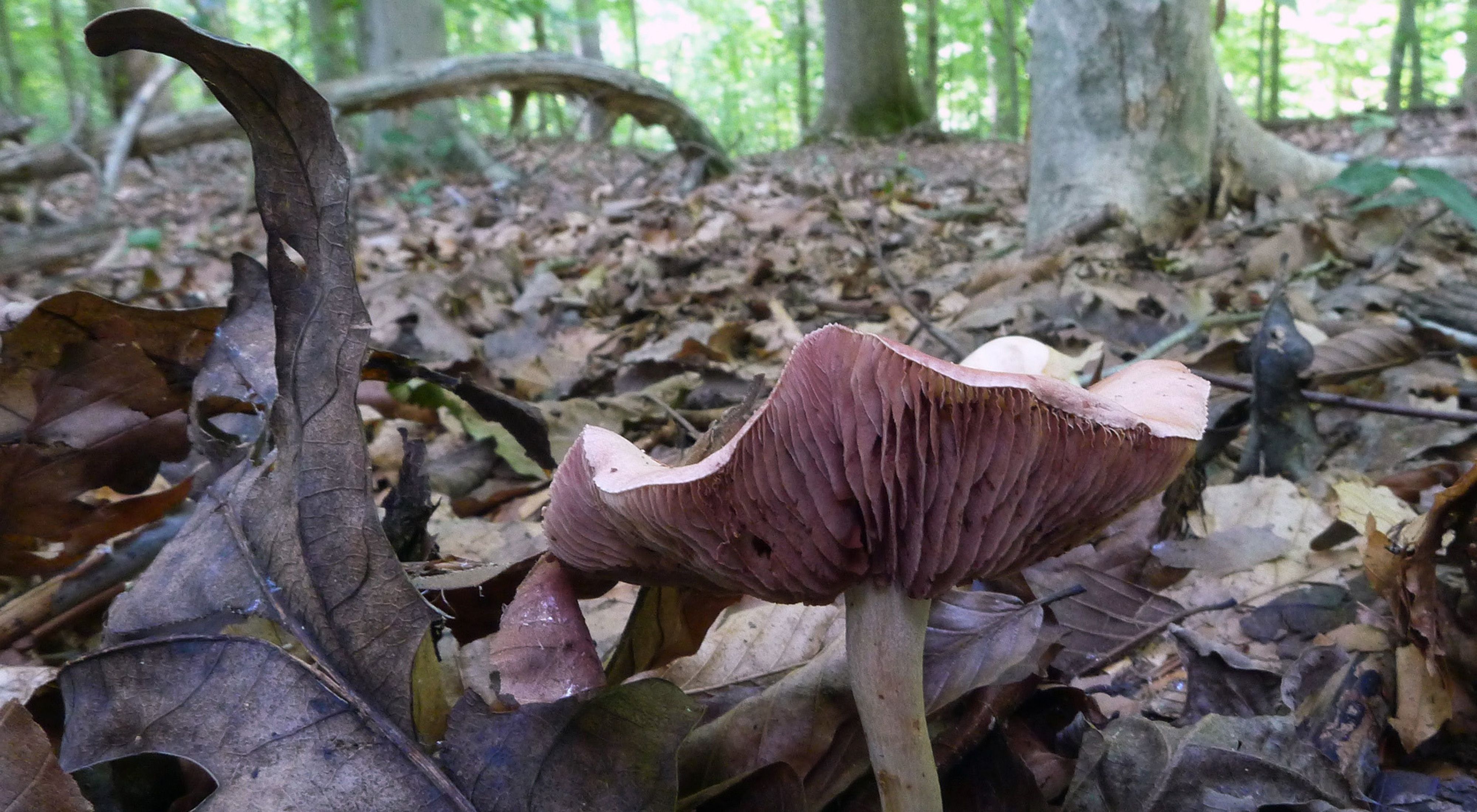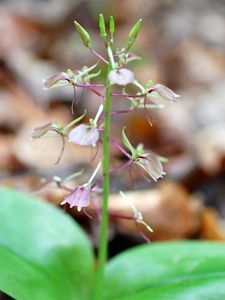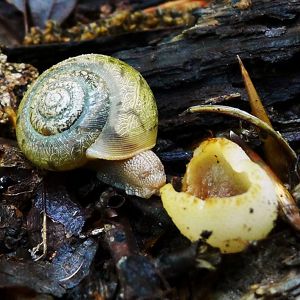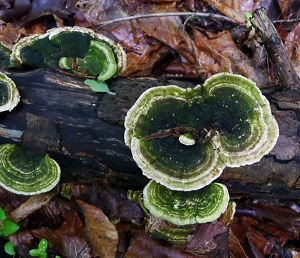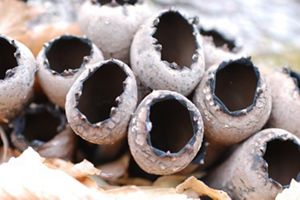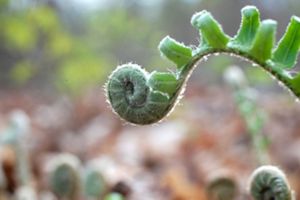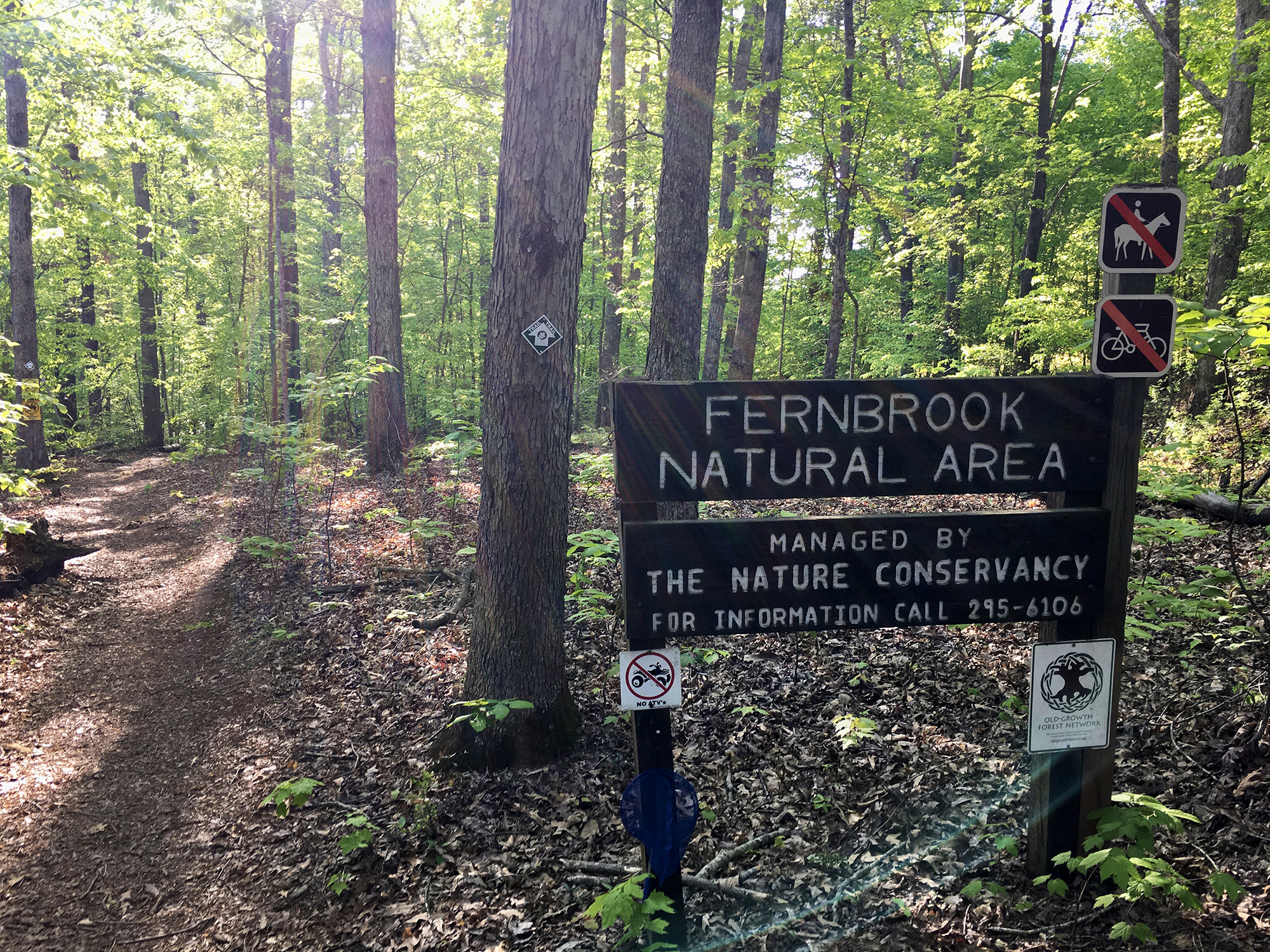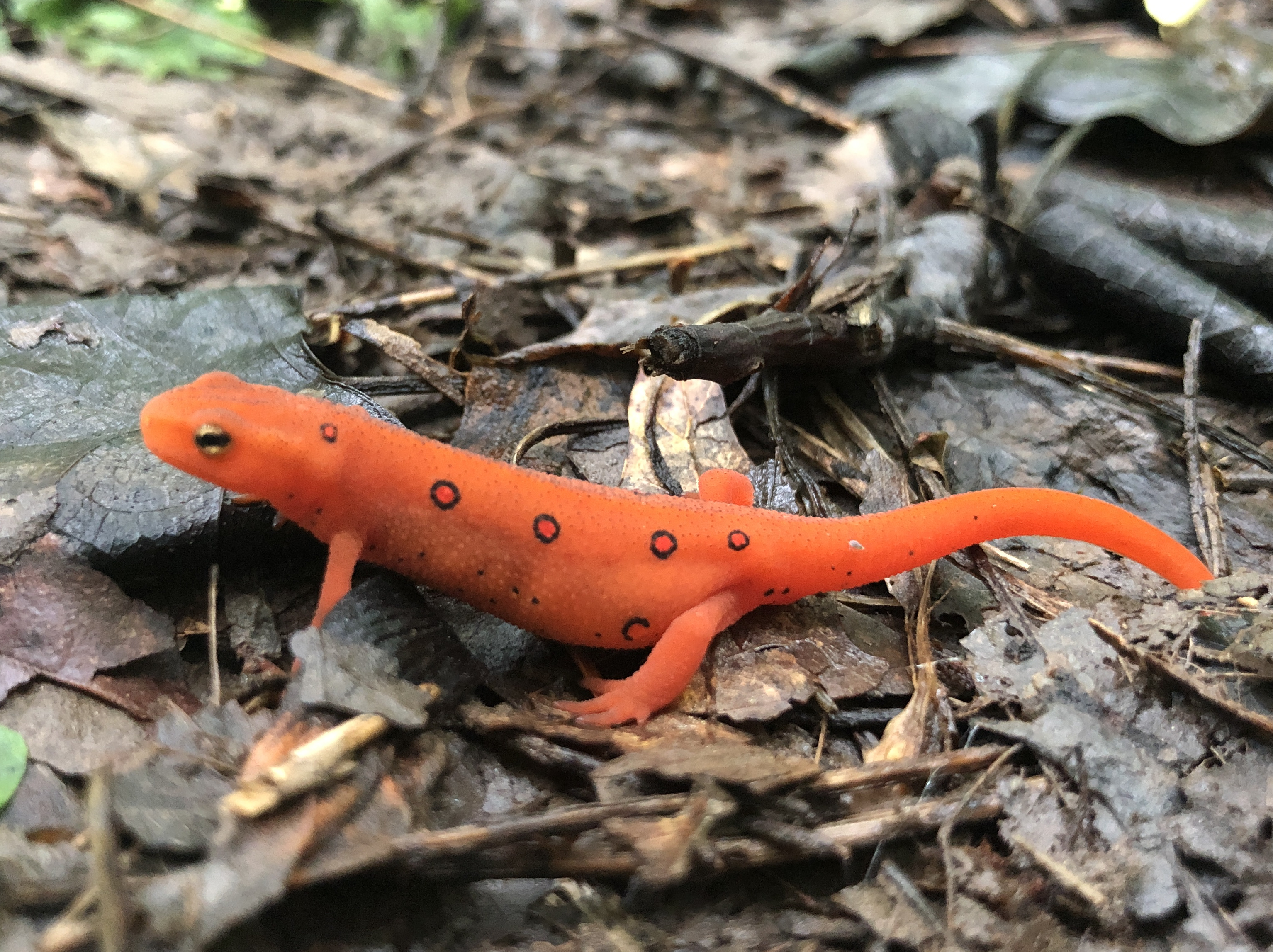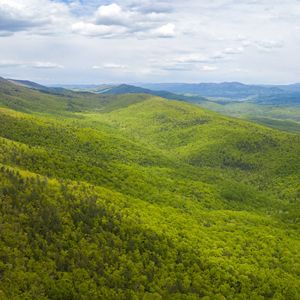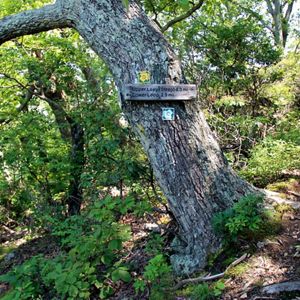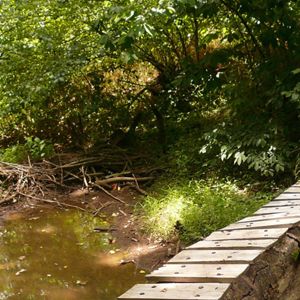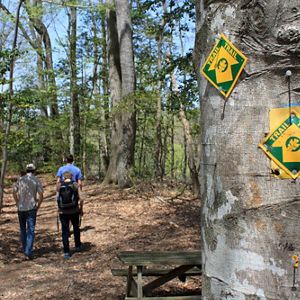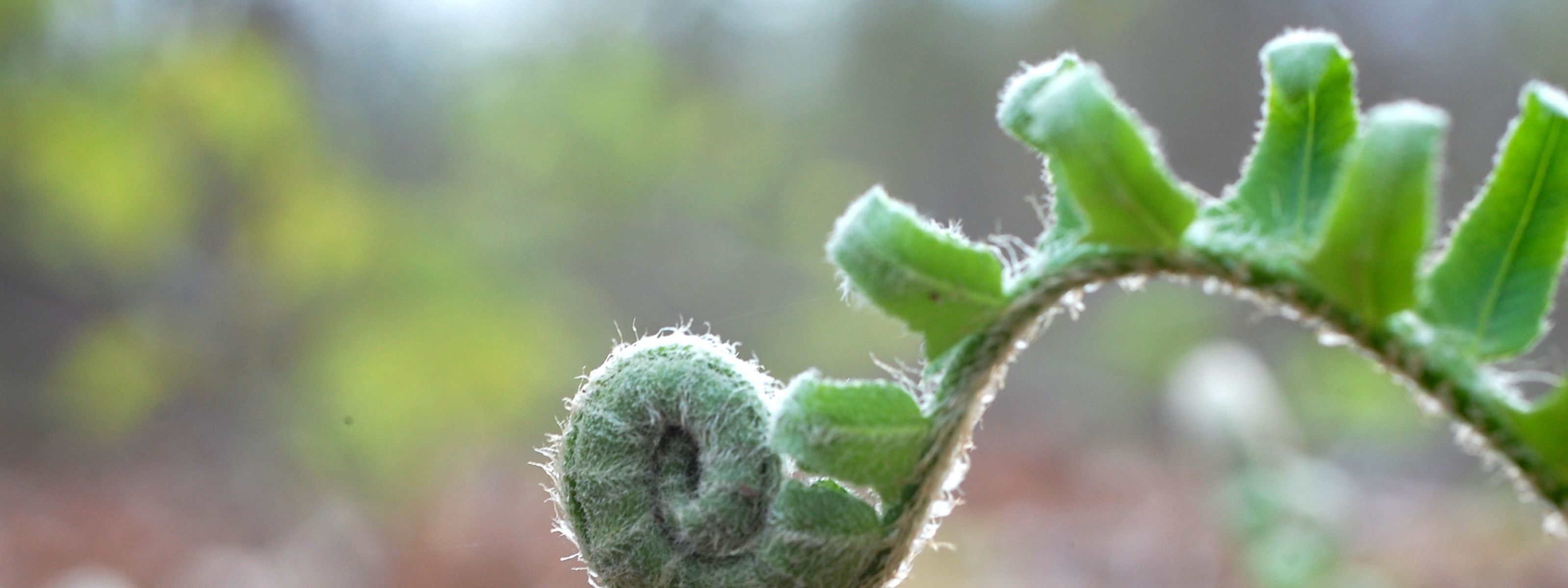Volunteer Preserve Steward Emma Weaver shares her memories of exploring Fernbrook as a child and how connecting with nature has enriched her relationships with family.
Fernbrook Natural Area has provided my family with many irreplaceable memories. Beginning as an infant in a backpack carrier, my parents hiked the two-mile trail that was conveniently located three minutes from our home. The trail leads to a beautiful overlook of the north fork of the Rivanna River where we have seen belted kingfishers, bald eagles, great blue herons and so many more bird species.
Throughout our childhood, my sister and I would challenge our parents to competitions of who could reach the rock outcrop the fastest by traveling opposite ways around the lollipop trail–we usually won. This trail has always been a staple for our family as it is the perfect place to escape to while taking a break in our day. We have noticed numerous changes in the ecosystem such as the great emergence of American beech trees, many wildflower and orchid species and the different types of wildlife utilizing the preserve.
When I reached age 17, I became interested in volunteering for The Nature Conservancy. I wanted to contribute to preserving the area that had become so special to me. My father, Tex Weaver, was already volunteering as a Preserve Steward and encouraged me to do the same. We always monitored together and had the responsibilities of ensuring that the trails maintained the pristine condition that I grew up experiencing as well as noticing any alarming activity or unique species that we came across. My dad is a Virginia Master Naturalist, which brought him to continuously point out the special features along the trail such as rattlesnake plantain or showy orchis. Ultimately, these hikes are what created my positive affinity for nature.
When I started my undergraduate studies at Virginia Tech, my outdoor experiences throughout my life led me to study Wildlife Conservation. This provided me with a diverse curriculum ranging from dendrology (the study of trees) to wildlife field techniques which gave me experience in identification, tracking and handling of wildlife. Now, every time that I hike with my dad, I am able to show him different characteristics that he may not have otherwise noticed such as finding a decaying log and turning it over to find red-backed salamanders or pointing out habitat qualities that are appropriate for different species. In 2021 I began extending my volunteer work as a Preserve Steward to Falls Ridge Preserve in Blacksburg. Each time I visit, I take pictures of interesting features to share with my dad as I know that he appreciates it, and he does the same for me when he hikes at Fernbook.
These two preserves have created very significant memories for me as I have furthered a relationship with nature while spending quality time with my dad. Growing up, I always looked forward to entering the forest at Fernbrook and being outside. Today, I look forward to appreciating the various qualities of the specific ecosystems that the preserves hold while being present with the person that established my excitement about and passion for protecting wild lands and species.
